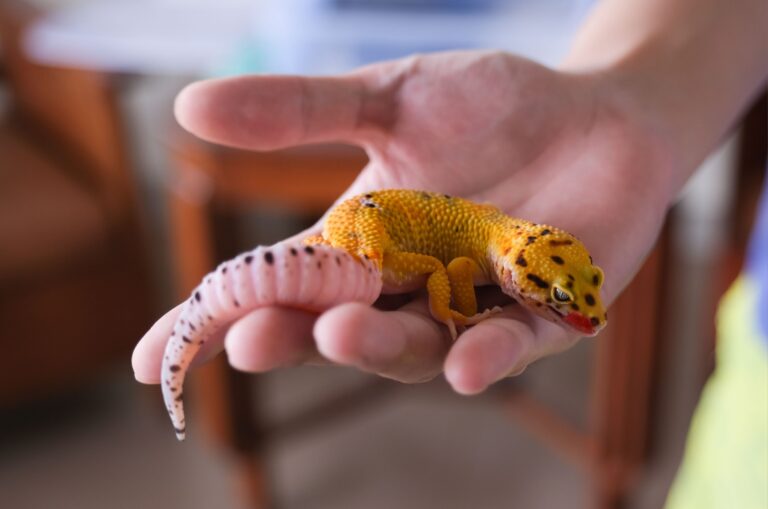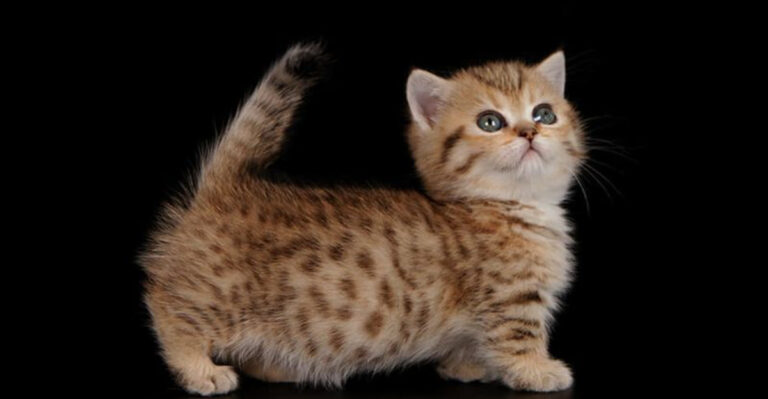15 Dog Breeds That Are The Most Dangerous To Other Animals
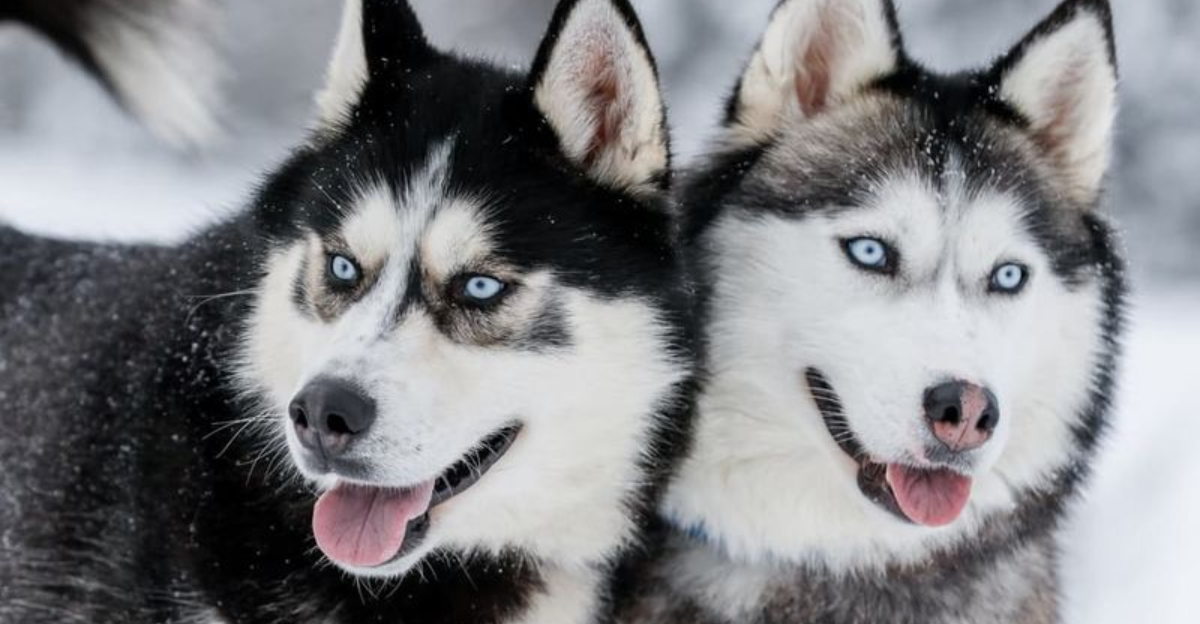
Some dog breeds have strong predatory instincts that make them potentially dangerous to other animals.
While training and socialization play crucial roles in any dog’s behavior, certain breeds naturally possess higher prey drives, territorial instincts, or physical capabilities that can pose risks.
1. Pit Bull Terriers
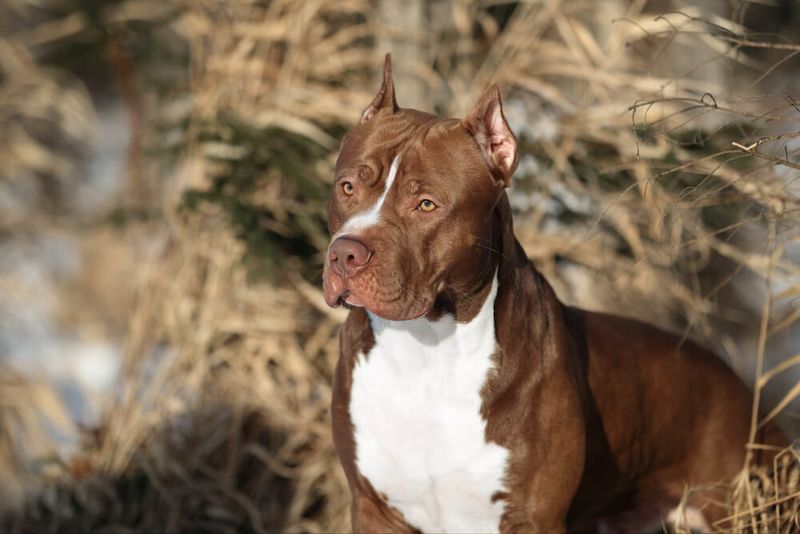
Originally bred for bull-baiting and later for dog fighting, Pit Bulls possess incredible jaw strength and tenacity. Their muscular build and determination make them formidable when they decide to attack.
Many Pit Bulls live peacefully with other pets, but their prey drive can activate suddenly, especially toward unfamiliar animals. Responsible ownership includes never leaving them unsupervised with smaller pets.
2. Jack Russell Terriers

Don’t let their small size fool you! Jack Russells were specifically developed to hunt foxes and flush out burrow-dwelling creatures. Their tenacity is legendary among dog trainers.
A Jack Russell can be more dangerous to small pets than many larger breeds. They’ll pursue rats, mice, hamsters, and birds with single-minded determination, often ignoring commands once their hunting mode activates.
3. Greyhounds
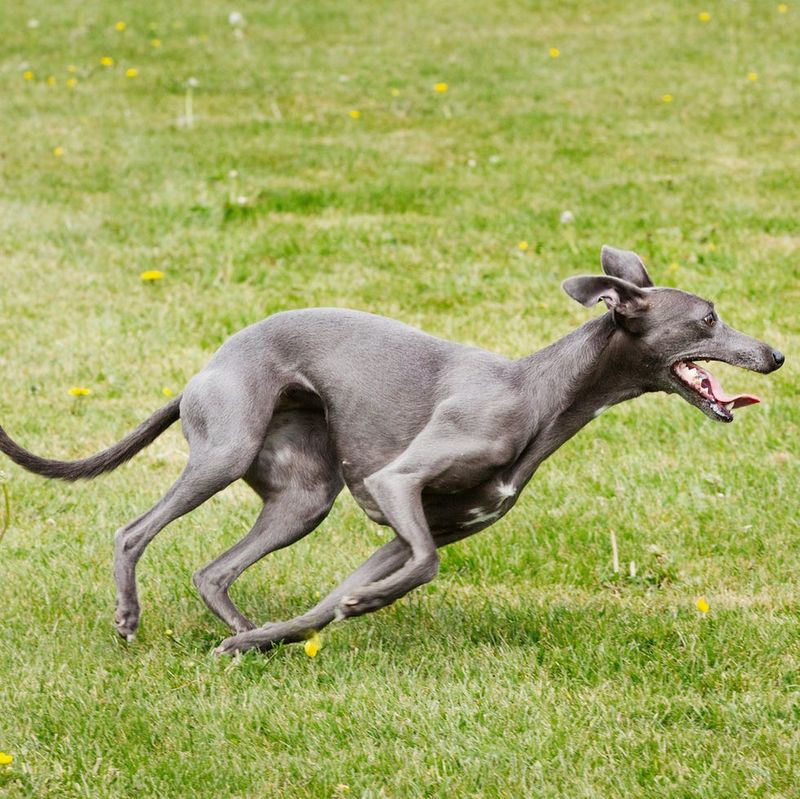
Greyhounds might seem gentle and lazy at home, but these lightning-fast dogs were bred specifically to chase and catch small game. Their prey drive activates instantaneously when they spot movement.
A running cat or squirrel can trigger an immediate chase response that’s nearly impossible to interrupt. For this reason, most Greyhound adoption groups won’t place these dogs in homes with cats or small pets.
4. Alaskan Malamutes
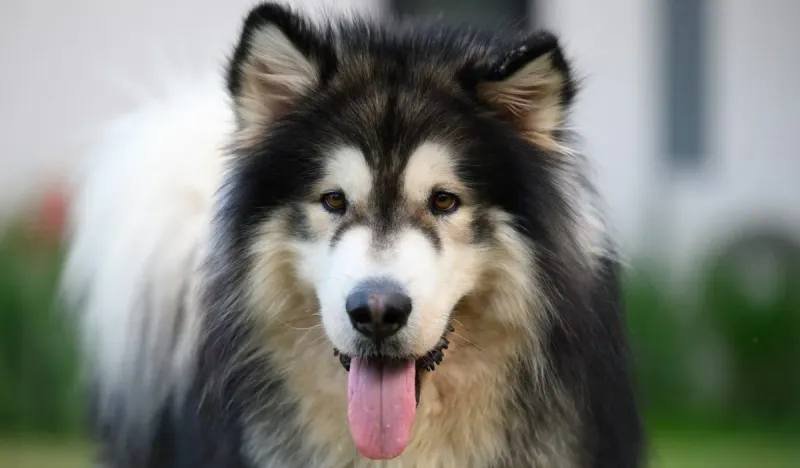
Malamutes combine incredible strength with a strong predatory drive. These powerful Arctic working dogs have historically hunted alongside their human companions, taking down seals and polar bears.
Their size and power make them particularly dangerous when they decide to pursue smaller animals. Malamutes require extensive training and socialization, yet their hunting instincts may never completely disappear.
5. German Shepherds
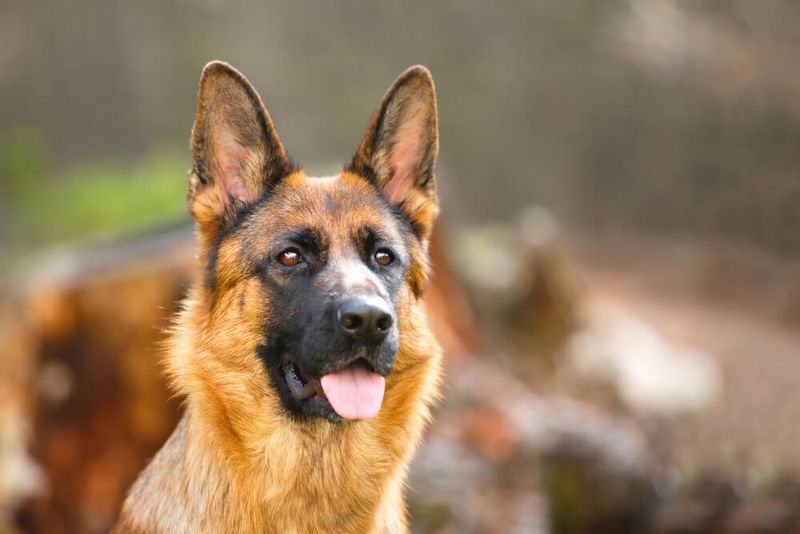
German Shepherds possess both intelligence and strong predatory instincts. Their hunting heritage combined with protective territorial behavior can create dangerous situations for wildlife or unfamiliar pets.
Without proper training, their natural herding behaviors can escalate to chasing and attacking. Their size, speed, and power make them capable of quickly overpowering smaller animals when their instincts take over.
6. Siberian Huskies

Behind those striking blue eyes lies a natural-born hunter. Siberian Huskies were bred to work in packs, but their prey drive toward small animals remains remarkably strong.
Cats, rabbits, and even small dogs can trigger their hunting instincts in an instant. Many Husky owners have heartbreaking stories of perfectly friendly dogs who couldn’t resist chasing and killing neighborhood cats or backyard wildlife.
7. Rhodesian Ridgebacks
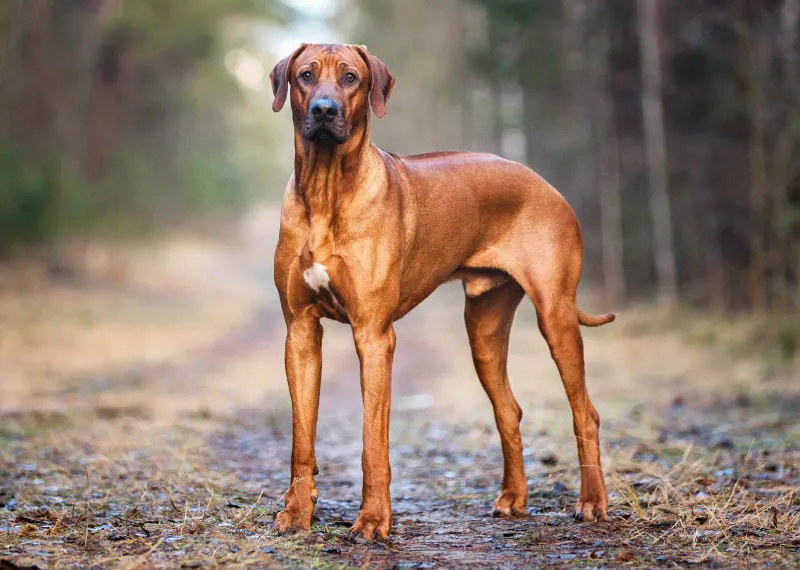
Bred specifically to hunt lions in Africa, Rhodesian Ridgebacks possess extraordinary courage and prey drive. Their hunting abilities were so valued that they were trusted to corner dangerous big cats until hunters arrived.
Modern Ridgebacks retain their powerful hunting instincts. They excel at tracking movement and can pursue smaller animals relentlessly once triggered. Their muscular build and determination make them formidable predators.
8. Australian Cattle Dogs
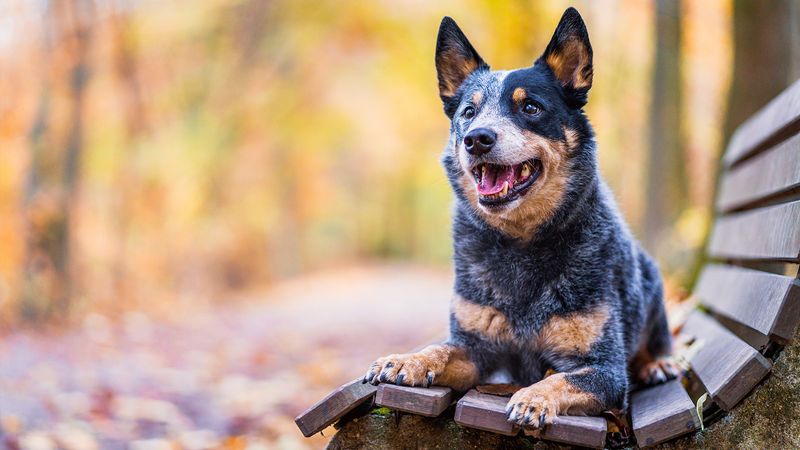
Australian Cattle Dogs were developed to control stubborn cattle by nipping at their heels. This biting instinct remains strong and can transfer to other animals, especially when they move quickly.
Their intelligence makes them excellent at predicting movement patterns. Without proper outlets for their energy and working instincts, they may redirect their herding behaviors toward inappropriate targets like wildlife, cats, or even other dogs.
9. Akitas
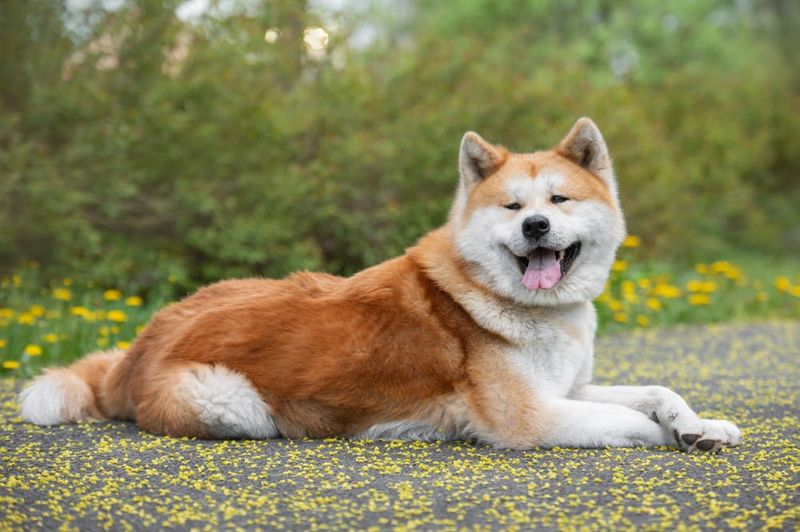
Historically used for hunting large game in Japan, Akitas maintain powerful predatory instincts. Their silent hunting style makes them particularly dangerous, as they attack without warning barks or growls.
Akitas typically show dominance toward other dogs and have low tolerance for small animals. Their massive jaw strength and determined nature mean that once they decide to attack, the consequences for smaller animals can be devastating.
10. Weimaraners

Known as “Gray Ghosts,” Weimaraners were bred as versatile hunting dogs for tracking large game. Their hunting drive remains extraordinarily strong in modern lines.
Birds, rabbits, and cats often trigger their instinctual chase responses. Even well-trained Weimaraners may suddenly bolt after perceived prey. Their speed and athletic ability make them efficient hunters capable of catching animals that many other breeds couldn’t.
11. Dogo Argentinos
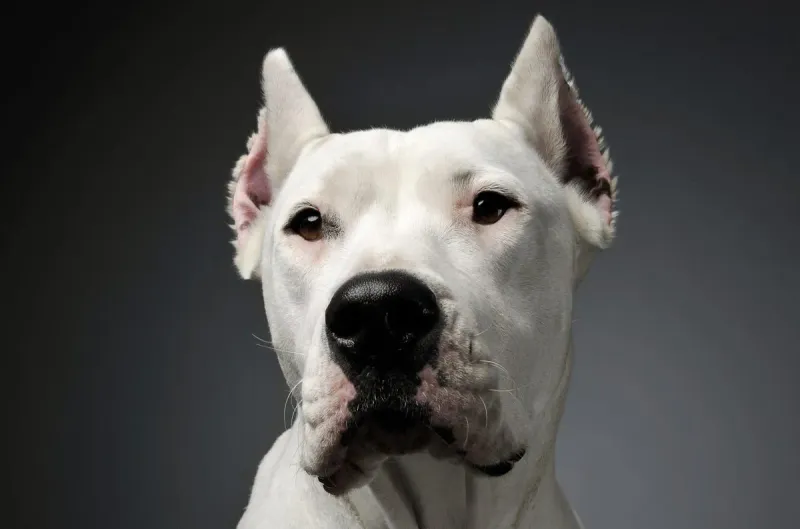
Created specifically for big game hunting, particularly wild boar, the Dogo Argentino combines strength with incredible determination. These powerful dogs were designed to pursue, catch, and hold dangerous prey until hunters arrived.
Their hunting instincts remain intense in modern specimens. Dogos can view smaller animals purely as prey and may not distinguish between wild animals and beloved pets. Their muscular build and power make them capable of taking down surprisingly large animals.
12. Cane Corsos
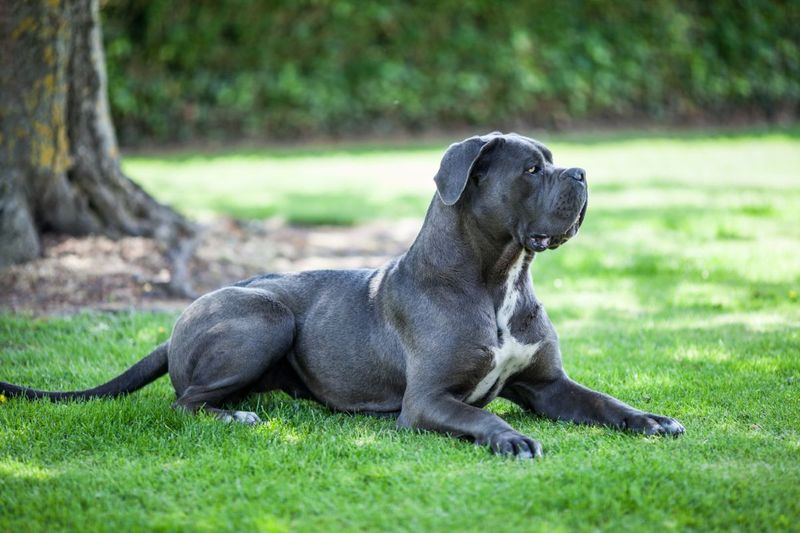
Ancient Roman war dogs with impressive size and strength, Cane Corsos maintain strong territorial and protective instincts. Their historical roles included hunting large, dangerous game like wild boar.
Modern Corsos retain their powerful prey drive and can view unfamiliar animals as threats or targets. Their massive jaw strength and muscular build mean they can easily overpower smaller animals. Even larger dogs may be at risk when a Corso decides to assert dominance.
13. Airedale Terriers
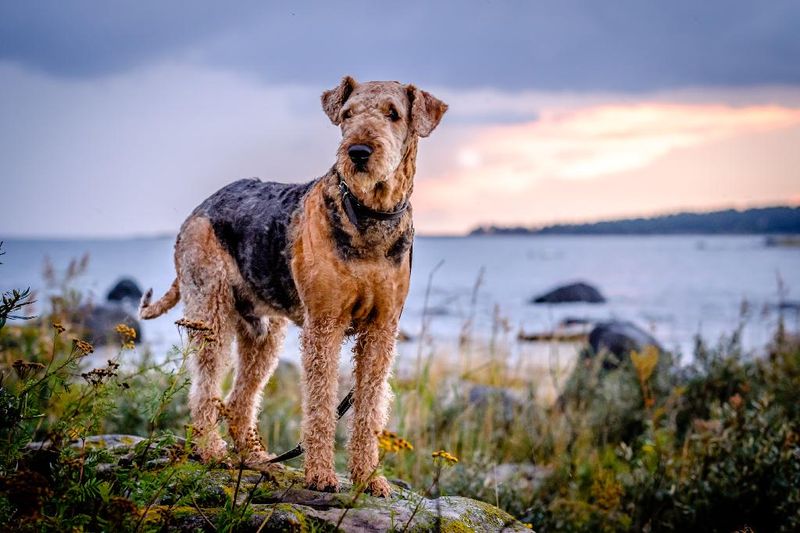
Often called “The King of Terriers,” Airedales combine terrier tenacity with significant size and power. Originally bred for hunting otters and water rats, they possess remarkable determination when pursuing prey.
Their hunting drive extends to cats, rodents, and wildlife. An Airedale on the scent of prey can become surprisingly single-minded, ignoring commands and physical barriers. Their intelligence makes them adept at finding ways to access potential prey animals.
14. Shar Peis
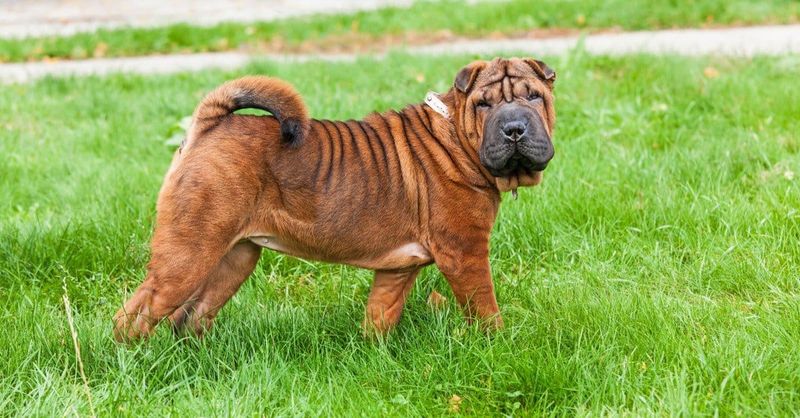
Behind those wrinkles lies a dog breed with a complex history as fighting dogs and hunters. Shar Peis were prized in ancient China for their aggression toward other animals and protective nature toward their families.
Modern Shar Peis often maintain strong territorial instincts and can be surprisingly aggressive toward unfamiliar animals. Their unique fighting style of charging with an open mouth makes their attacks particularly dangerous. Many show strong prey drive toward smaller moving animals.
15. Chow Chows

Despite their teddy bear appearance, Chow Chows were originally hunting and guard dogs in ancient China. Their independent and sometimes aloof nature masks strong territorial instincts.
Chows can be surprisingly aggressive toward other animals, especially when protecting their space. Their hunting background makes them prone to viewing smaller animals as prey. Their powerful jaws and stubborn nature create a dangerous combination when their predatory instincts activate.



